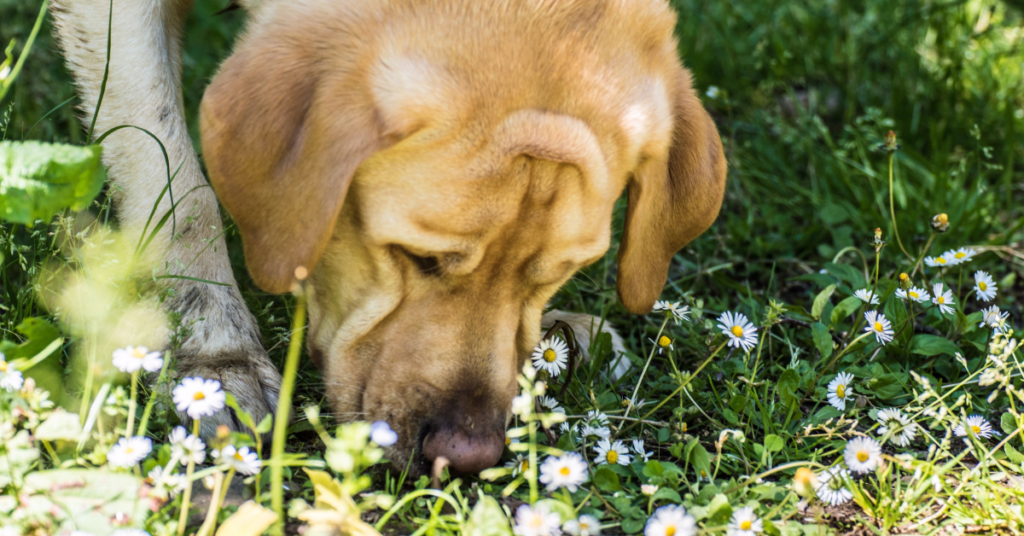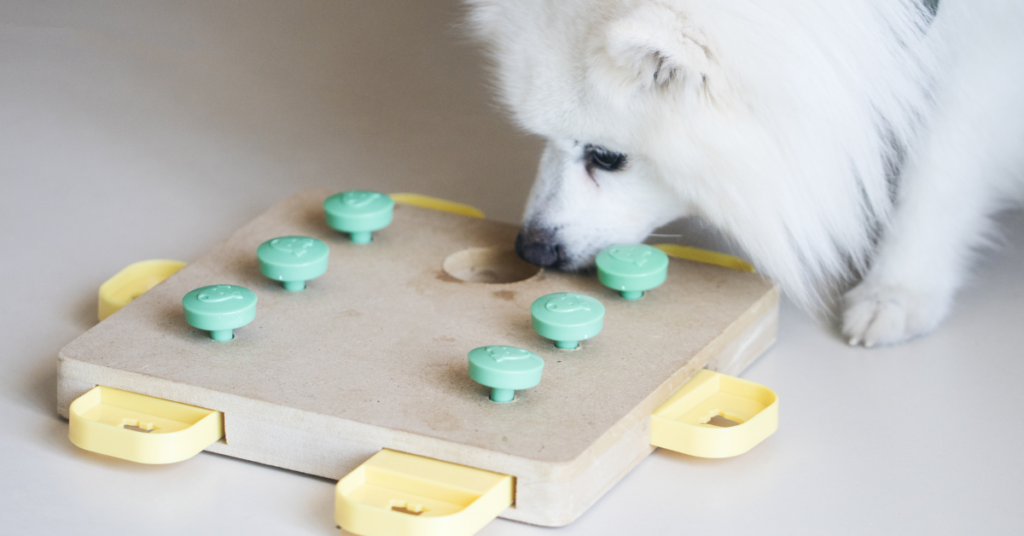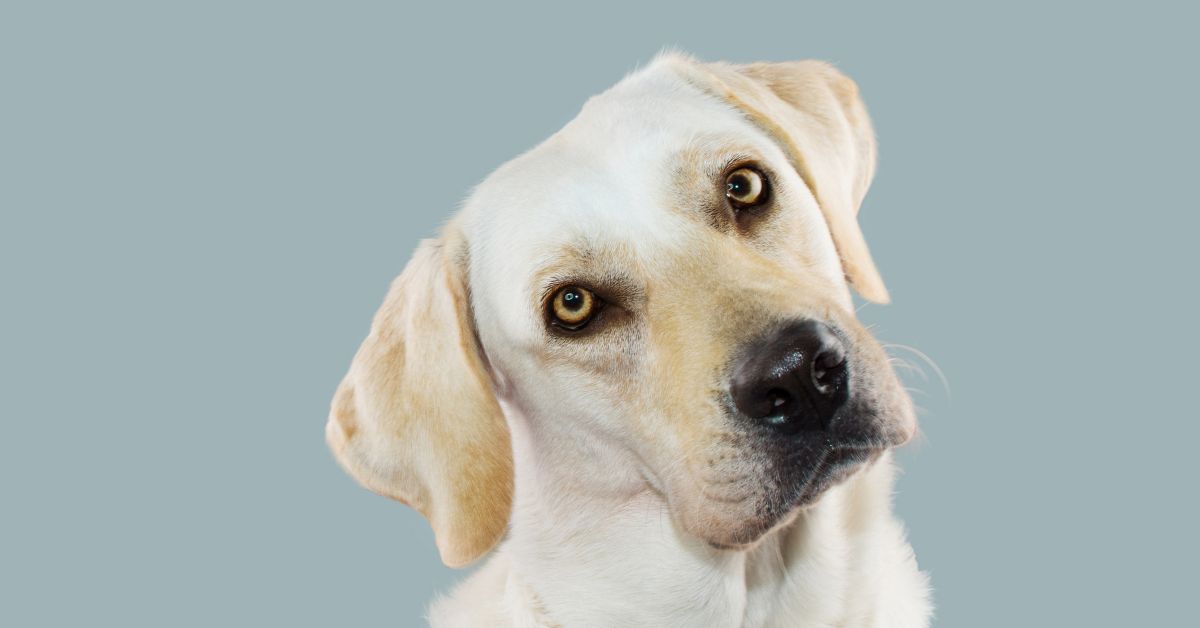This article is courtesy of Sunshine Pet Waste Removal
We all want to understand our furry best friends a little better. It can be difficult to understand their behaviors and actions, especially when they seem to have a mind of their own. But what if we told you that by delving into the canine mind, you can gain a better understanding of your furry companion? By gaining a deeper understanding of our pets’ minds, we can better communicate with them, strengthen our bond, and provide them with the care they need to thrive.
1. What is your dog thinking
If you’re a dog lover, then you’re probably wondering what’s going on in your pup’s head when they tilt their head in confusion or wag their tail in excitement. As non-human animals, dogs do not possess the cognitive ability for complex thoughts in the same way that humans do. However, it is widely accepted that dogs have the capacity for emotions and can experience a range of feelings such as joy, fear, and anxiety. It is likely that dogs spend much of their time thinking about their immediate surroundings and their interactions with other animals and humans. They may also think about basic needs such as food, water, and shelter. Dogs are highly social animals, and it is possible that they think about their relationships with their owners and other dogs in their pack. While we may never know exactly what goes on in a dog’s mind, it is clear that they are capable of experiencing a rich and complex inner world.
2. Dogs communicate in many ways
Dogs are amazing communicators, and they have many ways of expressing themselves. They don’t just bark or wag their tails to get their point across. Dogs use their entire body to communicate with us, from their facial expressions to the way they position their ears and tail. They also use body language, like jumping up and down or spinning in circles, to show their excitement and happiness. And if they’re feeling afraid or anxious, you might notice them cowering or trembling. Dogs even communicate through scent, using their powerful sense of smell to leave messages for other dogs and mark their territory.

3. Smells are incredibly important
When it comes to understanding your furry best friend’s brain, smells are incredibly important. Dogs have a sense of smell that is roughly 100,000 times stronger than that of a human. This means that when your dog sniffs around, they are taking in a world of information that we cannot even begin to comprehend. Smells can help dogs identify their owners, other dogs, and even specific locations. In fact, dogs use smell as a way to navigate and explore their environment. So, the next time your dog spends an excessive amount of time sniffing a tree or a patch of grass, don’t rush them along.
4. Playtime is crucial for development
Dogs are just like kids when it comes to playtime – it’s crucial for their development. Playtime not only provides physical exercise but also greatly benefits their mental and emotional health. When dogs engage in play, they improve their cognitive skills like problem-solving and decision-making. Moreover, it’s a fantastic way for them to socialize and learn how to interact with other dogs and humans. Playtime can also reduce stress and anxiety in dogs, making them more relaxed and happier.

5. Different brains for different breeds
Dogs come in all shapes and sizes, and so do their brains. Just like how different dog breeds have distinct physical characteristics, they also have unique brain patterns and behaviors. This is because dogs have been selectively bred for certain traits over time, leading to variations in their brain development. For example, Border Collies have been bred for their intelligence and herding abilities, which has resulted in a larger prefrontal cortex, the part of the brain responsible for decision-making and problem-solving. Meanwhile, Chihuahuas have a smaller prefrontal cortex and a larger amygdala, which is responsible for fear and anxiety.
That’s a brief sneak peek into the fascinating world of your furry best friend’s brain. The next time your pup does something that leaves you scratching your head, remember that it’s just their canine brain at work!


